Battle for Marib: Why is it crucial in Yemen war?
Intense fighting for the Yemeni city of Marib has killed thousands of combatants and forced large numbers of people to flee their homes for makeshift desert camps.
© - The months-long battle for Marib, the last northern bastion of the Yemeni government, has killed thousands of Huthi rebels and pro-government forces and forced civilians to flee their homes
The northern city is a key front between the Yemeni government -- supported by a Saudi Arabia-led military coalition -- and the Iran-backed Huthi rebel fighters.
Here are four important points about the battle for the strategic and oil-rich province, which is considered pivotal in Yemen's seven-year civil war.
- Why Marib? -
The city is the last northern bastion of the internationally-recognised government, which was driven from the capital Sanaa by the Huthis in 2014.
© Sophie RAMIS Map of Yemen locating the province and city of Marib.
Just 120 kilometres (75 miles) east of Sanaa, Marib sits at a crossroads between Yemen's southern and northern regions, commanding a highway to Saudi Arabia.

© - Yemeni pro-government forces are pictured during fighting with Huthi rebels near Marib on November 10, 2021
The surrounding province boasts oil and gas reserves, making it a major economic prize. The Safer oil refinery is only one of two in Yemen, with a capacity to produce 10,000 to 20,000 barrels per day.
Marib is considered one of the most significant historic sites on the Arabian Peninsula, according to UNESCO, and surrounded by rugged mountains and valleys.
It is said to have been the capital of the ancient Saba kingdom, best known for the legendary Queen of Sheba.
- How close are the rebels? -
The Huthis have previously claimed they were on the outskirts of the city, but two pro-government military officials said the rebels were still 30 kilometres west and north of the city, and 50 kilometres to the south.
© MOHAMMED HUWAIS A Yemeni man attends the mass funeral of Huthi rebel fighters killed in battles with Saudi-backed government troops in the Marib region on October 28, 2021
The rebels began a major push to seize the city in February and, after a lull, they renewed their offensive in September.
Thousands of rebels and pro-government fighters have been killed, according to reports from both sides.
Military officials say Huthi fighters are launching daily attacks from the west, north and south.
"They are sending thousands of fighters on armed trucks -- and sometimes motorcycles -- and using their drones to try to capture one village after another, until they reach the city," one official said.
The Saudi-led coalition, which has propped up the government since 2015, has reported carrying out frequent air strikes on the Huthis in recent weeks, boasting of casualties in the thousands.
The Huthis rarely comment on their losses, and AFP cannot independently verify the tolls.
- Will Marib fall? -
Despite the Huthis' advances, the government claims it is certain that the city won't fall into rebel hands.
Government troops have been digging tunnels around the city to give it further protection, military officials said.
"Marib has resisted and will keep on resisting," the province's governor Sultan al-Arada told local media.
"Marib, with the help of the coalition, will counter this assault."
But if the Huthis do take Marib, they would control the north -- and could push on and capture other provinces.
It would also give them significant leverage in any negotiations with the government.
Huthis have military reasons to capture Marib but it is also a matter of "pride and image", said one of the two military officials.

© - A boy stands outside a tent at a camp for internally displaced people on the outskirts of Yemen's northeastern city of Marib on November 3, 2021
"They will continue no matter how many fighters they lose," the official said.
- Thousands flee conflict -
As the fighting rages, civilians are caught in the crossfire, suffering heavy casualties. Thousands have also been forced to flee their homes.
In October, at least 22 people were killed when a Huthi missile hit a mosque south of the city, and 13 others died when a missile demolished a tribal leader's home in the same area.
The UN's Office for the Coordination of Humanitarian Affairs has warned that "escalating hostilities since early September" have caused "civilian casualties, renewed displacements and further restricted civilians' movements."
Some 40,000 people have been forced to flee since September, UN refugee agency spokeswoman Shabia Mantoo said.
mah-faw/th/jsa/hkb/pjm/fz
The Battle of Marib: the Challenge of Ending a Stalemate War
by Nabil Hetari
Jul 9, 2021
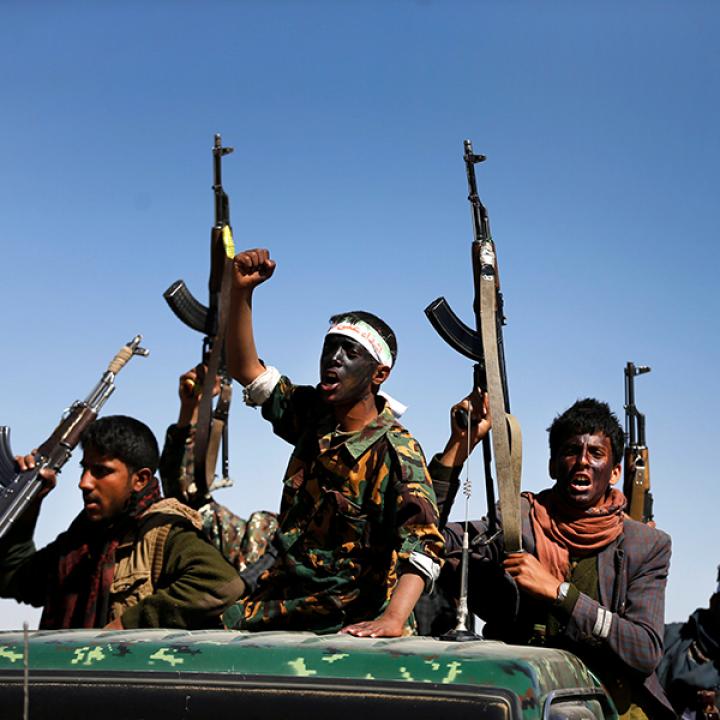
ABOUT THE AUTHORS
Nabil Hetari
Nabil Hetari is a Yemeni writer and human rights activist. His research and work focuses on Yemen and Gulf politics. Hetari is a contributor to Fikra Forum.
Brief Analysis
Without an exerted international peace effort, the siege on Marib could destroy the possibility of a unified Yemen.
Since February 6, 2021, Yemen’s Houthi rebels and the internationally recognized Hadi government, along with local popular resistance forces, have been locked in a battle for the city of Marib. Despite months of violence, the battle has not yielded clear results on the ground, and the Houthis have neither retreated nor ceased direct attacks on the city. Continuous Houthi escalation in Marib, including attacks with ballistic missiles and drone strikes, has resulted in the killing and wounding tens of civilians, including children. As a result, the battle for Marib may have become the bloodiest in the past seven years of the Yemeni conflict.
The reasons for such sustained, desperate combat are clear. For the Hadi government, the battle for Marib may be a matter of existential survival. For the Houthis, Marib represents a potentially critical strategic point if they want to negotiate favorable terms with foreign powers in the future and impose control over northern Yemen. The results of the battle for Marib could therefore dictate the end of the Yemeni conflict. Furthermore, a Houthi victory over Marib could mean added humanitarian catastrophe on top of the existing humanitarian crises throughout Yemen. As such, looking forward, Marib may be the most important episode in the trajectory of Yemen’s civil war.
The Role of Marib
The Houthis initiated the battle for Marib with a direct attack on the city, the last stronghold of the legitimate Hadi government in the north and the main headquarters of Yemen’s Ministry of Defense. In addition to the strategic importance of eliminating the Hadi government’s presence in northern Yemen, the Houthis see that a victory in Yemen could bring them to political negotiations with the Saudi-led coalition. These factors explain why Houthi leadership did not respond to UN Envoy Martin Griffith's call for dialogue in Oman. Instead, the Houthis continued to directly attack the city on several fronts, demonstrating that they do not want to engage in peace talks until they have acquired the maximum leverage possible, for which Marib is critical.
Of course, on the other side, Marib is important to the Hadi government for the same reasons, though the Hadi government is currently lacking the resources to effectively prevent Houthi attacks. The Hadi government and the Islah Party, its fighting partner in Marib, recognize that the city is their last main stronghold in the north, and they therefore consider it to be immensely important. Consequently, all the parties involved in the battle are focused on Marib as a potential decider in the nature of their exit from this war. Furthermore, retaining control over Marib is important for public appearances, and failure to do so may convince Yemenis that the Houthis are practically invincible in this conflict.
In fact, the battle has been so critical to the two sides that both forces have suffered immense casualties, including the deaths of major leadership figures. According to reports from both sides, the Hadi government has seen the death of its director of the officers’ affairs department, the chief of the military judiciary, the attorney general, the sixth district commander, and three commanders of the special forces, not to mention hundreds of other casualties. Likewise, the Houthis have suffered 3,000 casualties in the battle.
Geographic Significance
Beyond its status as the Hadi government’s final stronghold in the north, Marib is also geographically significant because it lies on the easiest road that runs from northern Yemen to Shabwa Governorate in the south (a seafront on the Gulf of Aden and the Arabian Sea) and Al-Mahra Governorate, where the Saudi-led coalition forces are located.
In addition, facing north, Marib directly borders Houthi-controlled Sanaa, and it is therefore a major concern for the Houthis if the Hadi forces and popular resistance forces continue to be stationed there. If Houthis want to keep their control of Sanaa, getting rid of any opposition forces on its borders is critical.
Marib is likewise bordered on the south by territory where the increasing activities of the Southern Transitional Council (STC) have made the area unwelcoming to the Hadi government. As such, the government forces realize that its failure to defend Marib will cause them to retreat into unfriendly terrain.
And finally, Marib is one of Yemen’s most productive oil regions. Though the conflict has caused frequent interruptions to production of oil and gas there, consistent control of the region's resources could mean a steady, substantial source of income.
The Humanitarian Dimension
Beyond the strategic importance of Marib, there is also a humanitarian dimension that underscores the consequences of a Hadi government defeat there. With thousands of internally displaced persons living in the city, a Houthi victory could drive vulnerable populations into dangerous situations.
After years of war, Marib has become a major host for internally displaced persons in Yemen. The city has been welcoming displaced people since the fall of Sanaa in 2014, and in recent years, according to the Executive Unit for IDP Camps, the population of displaced persons has exceeded 2.5 million people. Supporters of the Islah party constitute the majority of displaced people from areas which have fallen under Houthi control or influence.
Thus, the battle for Marib could create major issues for the displaced civilians living in the city, especially since many of them support the Islah Party, a political identity that is not desirable in the southern regions. The STC, which controls much of southern Yemen, still dislikes Islah, which it considers the main player of the 1994 war against the south in which the STC has accused Islah of providing Sanaa government the religious approval and militia support to reclaim the unification of Yemen. This antagonism between the STC and Islah is particularly concerning because, in the event of a Houthi victory in Marib, those southern regions will be the immediate destinations for displaced persons as they flee the city.
More immediately concerning than the prospects of retreat, the violence of the battle itself could pose major threats to civilian populations. Currently, the battle is taking place in deadly confrontations on the city walls, and the Houthis’ suicide attacks on Marib prove that they are set on expanding into the city. If the battle reaches into the city itself, the Hadi forces and the popular resistance forces seem unlikely to retreat immediately. Instead, the battle could continue inside the neighborhoods and the streets of the city, and such violence could be life-threatening for civilians. In fact, drone strikes and missile attacks have already killed civilians, and there is no reason to believe they will stop.
Given these risks, foreign countries and international organizations have issued constant warnings about the humanitarian catastrophe resulting from the raging battle in Marib, but it seems that those warnings are not resonating with forces on the ground.
Prospects for Peace
To understand the prospects for peace, and an end to the fighting in Marib, one must consider the agendas of Saudi Arabia and Iran, the conflict’s two major international stakeholders. To a large extent, the civil war in Yemen can be described as a proxy war between the Saudi-led coalition and Iran, and both sides have contributed to continued humanitarian problems while making a peace process elusive. The total lockdown of the country, a result of this proxy war, makes the choice of joining the any of the fighting forces in Marib a favorable choice for unbiased civilians to earn a monthly salary and keep their families one step further from famine, perpetuating the conflict and contributing to more violence.
On one hand, Saudi Arabia’s continued airstrikes have damaged local Yemeni industries and endangered the local population, with some strikes killing civilians. Moreover, the Saudi-led coalition’s closure of Yemen's air and seaports can be seen as a direct cause for the increasing famine in many areas of Yemen.
On the other side, Iranian support for the Houthis increases the Houthis’ motivation to create new battlefronts and to refrain from engaging in any prospective peace process. This trend was evident in late March, 2021 when the Houthis turned down a ceasefire offer from the Saudi-led coalition. At that time, a Houthi negotiator told a FRANCE24 reporter, “Marib is essential for us because of the blockade which stops the impoverished Yemeni population from buying petrol and gas at market prices… As long as this blockade is imposed on northern Yemen, preventing access to these much-needed goods, we will have to try and lift it by force.”
Generally, as seen through the past seven years of the Yemeni conflict, external military support for any of the parties to this war can be described as disastrous for local society, and such support has created an obstacle for the international attempts for peace and negotiation. In the end, the cost of peace could be much cheaper than the cost of war if the Yemenis took another path other than the path of conflict.
A Critical Moment for Yemen
Given the strategic significance and humanitarian ramifications of the battle for Marib, the coming developments in this battle could decide the fate of Yemen’s civil war. If the Houthis are able to take the city, remove the Hadi government from the north, and begin a process of negotiations with the Saudi-led coalition, it would seem unlikely for the Hadi government forces to make any kind of resurgence.
In that event, as the Hadi government struggles to find a foothold in increasingly hostile territory, Yemen would start to resemble its old north-south divide, with the STC controlling territory in the southern provinces, and the Houthis controlling territory in the north. As a result, the battle for Marib could be a final stand for the possibility of a unified Yemen.
In his special briefing, the U.S. Special Envoy for Yemen Timothy Lenderking summarized what critical times Yemen is going through. Lenderking also pointed out that the international community holds a responsibility in solving the Yemeni issue. In fact, it seems very difficult for Yemenis to come together by themselves. As such, an exerted approach by the international community is perhaps the only way to resolve the disastrous Houthi siege on Marib.











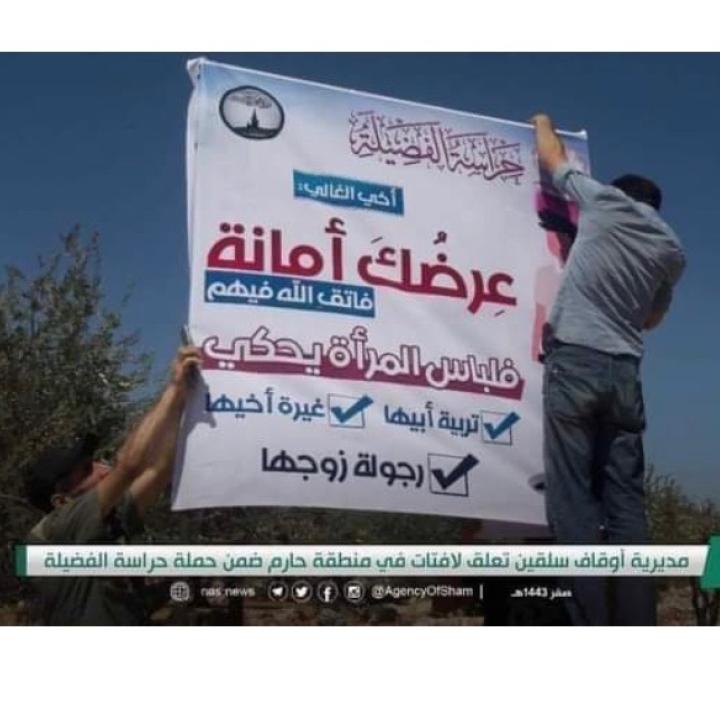
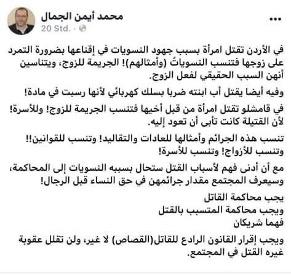
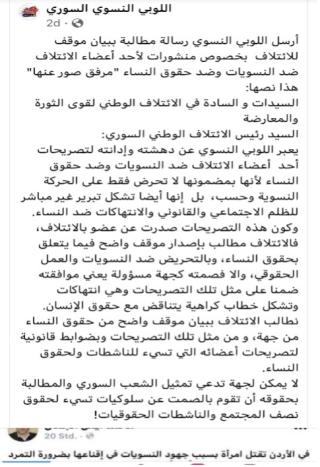
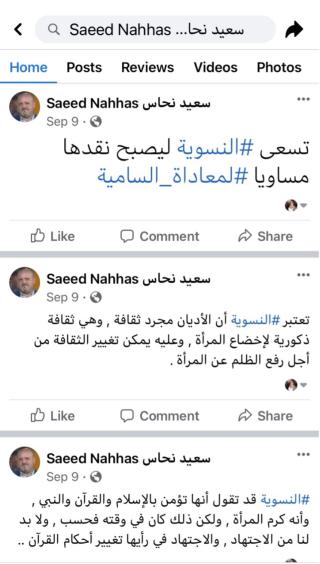
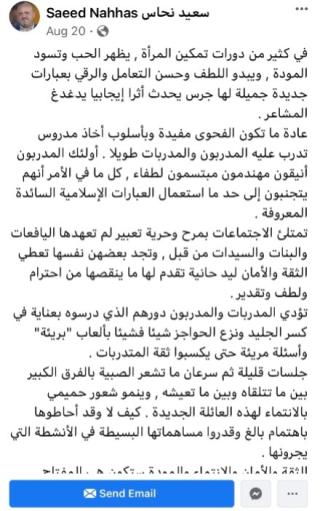
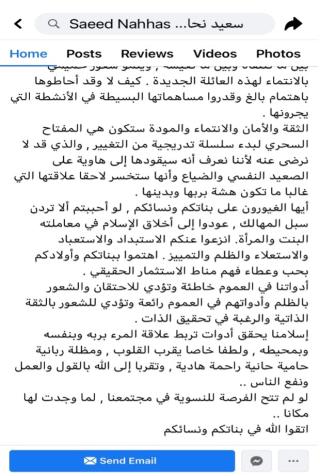






:quality(70)/cloudfront-eu-central-1.images.arcpublishing.com/thenational/XKKA3OMECSS5PHWUYU4ISNZBBY.jpg)
:quality(70)/cloudfront-eu-central-1.images.arcpublishing.com/thenational/3TSHDXBBYDJ3X44XWH4MZ54HEQ.jpg)
:quality(70)/cloudfront-eu-central-1.images.arcpublishing.com/thenational/MBYECHLNVW2WIYFKQQBZXEADJM.jpg)
:quality(70)/cloudfront-eu-central-1.images.arcpublishing.com/thenational/BYU7V6PLEMGX2EZ7QBP7MOUGOI.jpg)
:quality(70)/cloudfront-eu-central-1.images.arcpublishing.com/thenational/XNZPZQAM5IG2Z5O4PLUHKLBVBM.jpg)
:quality(70)/cloudfront-eu-central-1.images.arcpublishing.com/thenational/6YAV5KZDEZUPROEAJ22IHMPRGU.jpg)
:quality(70)/cloudfront-eu-central-1.images.arcpublishing.com/thenational/MPBIOI73KBCDAA3POZH3F2HLAY.jpg)
:quality(70)/cloudfront-eu-central-1.images.arcpublishing.com/thenational/HIXAYI2EFSHYVH72QPRSHD6VD4.jpg)
:quality(70)/cloudfront-eu-central-1.images.arcpublishing.com/thenational/FYBK6YTDJIBBOPHETVMU3JY7FE.jpg)
:quality(70)/cloudfront-eu-central-1.images.arcpublishing.com/thenational/PJC6SFNUW5SUJODAGAXIAQSBVA.jpg)
:quality(70)/cloudfront-eu-central-1.images.arcpublishing.com/thenational/RDHMZUD5D3AXJRPIGPIPMXVZKY.jpg)
:quality(70)/cloudfront-eu-central-1.images.arcpublishing.com/thenational/VMGSTWZ6IOQ3OUBSBEL7OQTY24.jpg)
:quality(70)/cloudfront-eu-central-1.images.arcpublishing.com/thenational/MTP2ZWQF67YCSLBXEGNWKUKMSU.jpg)
:quality(70)/cloudfront-eu-central-1.images.arcpublishing.com/thenational/3AK7Y2U24MFXRPX22NMKTXWHVU.jpg)
:quality(70)/cloudfront-eu-central-1.images.arcpublishing.com/thenational/DZ6H4DSSPVJVPBYPWNWZFKQUM4.jpg)